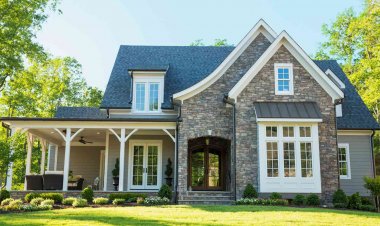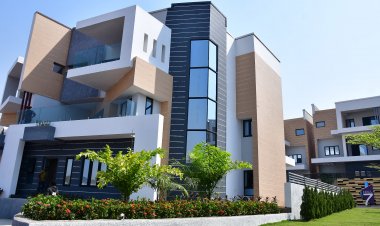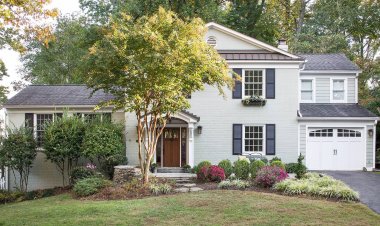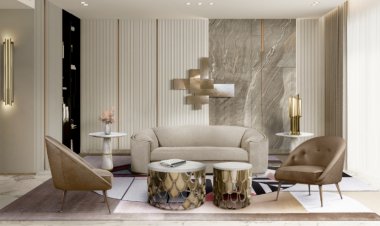Types of Ceiling Boards
Nobody wants to move into a home with visible interior roofs or one that cannot regulate day temperature.
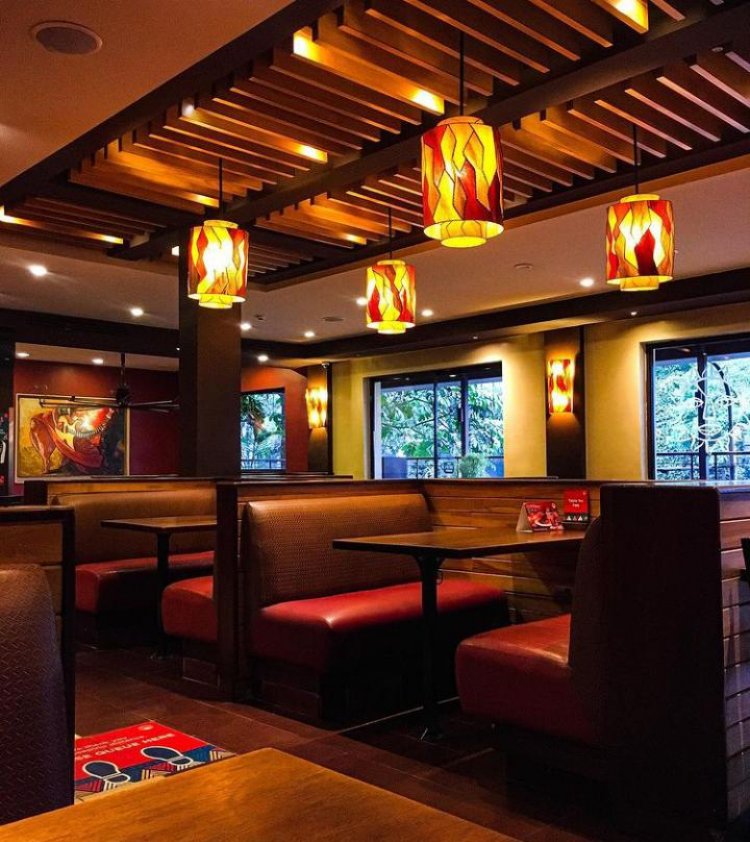
By far the most common material used for the construction of ceilings today is the same material used to make walls, drywall also called the gypsum wallboard, or known by its trade name sheetrock. Many real property owners are in search of ceiling products that have strong visual appeals and can change the looks of the property but at a low price.
The property market offers several ceilings material options but here are some guidelines on types of ceiling boards that can totally bring difference and beautify your home.
Plaster of Paris
Plaster of Paris (POP) is softened water extracted from heated gypsum that is hardened then later applied on a fiberboard. They can be hanged in buildings to give a false ceiling. This means that the POP is light in weight and provides a smooth moldable finishing that can be painted to match your inner styles because its beauty also lies in an indirect system of non-natural light.
Gypsum Ceiling
Constructed from gypsum sheets or even ceiling tiles, they are available in large sizes of about 600mm by 600mm. Gypsum ceiling boards are tough, economical and versatile making them light in weight and quite easy to install. Gypsum board ceilings are often given a paint job for finishing or wallpapers or are laminated to enhance their final looks. They are given metal frame support for longer durability. They come in different shapes that are reinforced with glass fibers making them excellent insulators against heat.
Metal Ceiling
From the durable and shiny material pieces, they enhance the interior of a home making it beautiful and therefore most homeowners love it. The most common types of metal ceilings are aluminum and galvanized iron, though they come in form of tiles, panels or planks. The metal tiles or planks or panels come in different sizes and thicknesses, making them easy to install. With already established steel gratings with cross-sections, the metal tiles re-hung underneath using rods and can be used in different designs to give a unique look with contemporary feeling especially in an environment such as a workplace that needs a bit of sparkle but with low maintenance.








